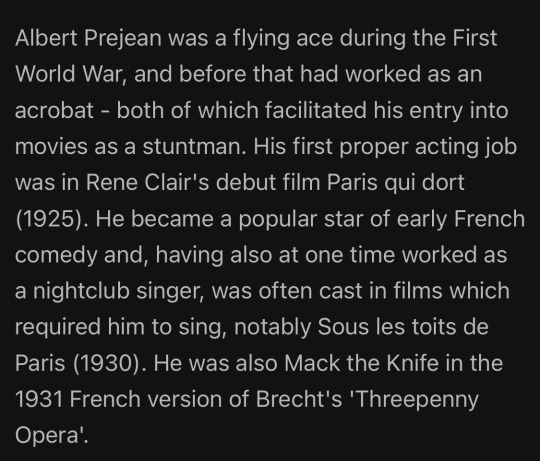#Albert Préjean
Text

albert préjean 27/10/1894 - 1/11/1979
youtube
albert préjean - dédé de montmartre
1939

valse musette du film "dédé de montmartre" 1941 (dédé de montmartre = dédé la musique)
9 notes
·
View notes
Text


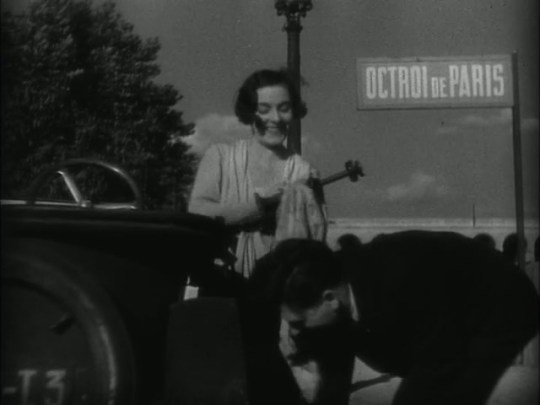
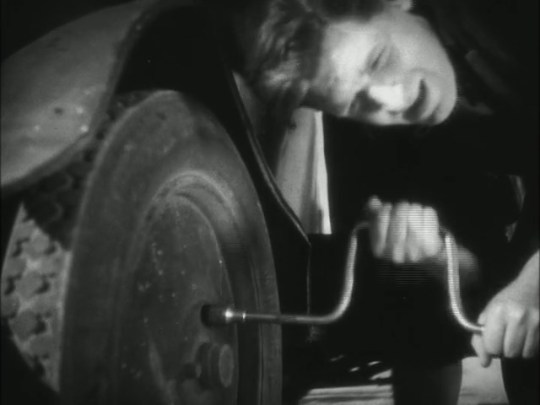


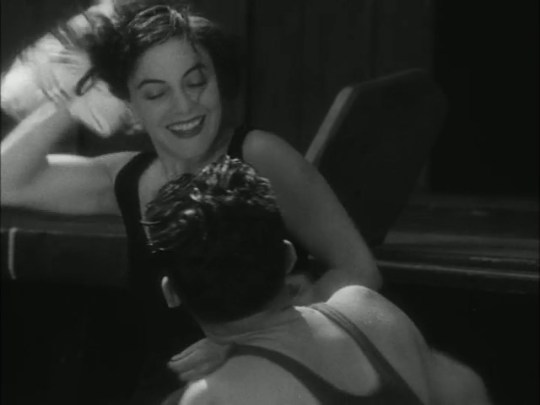
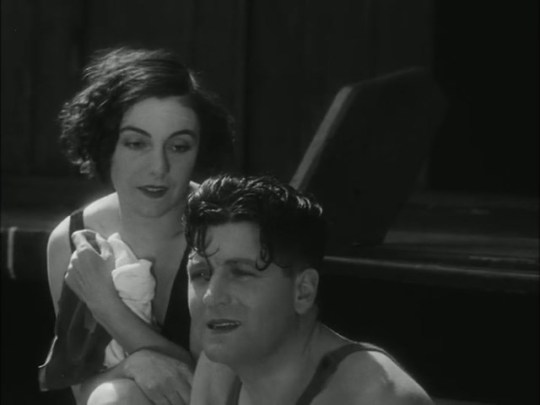
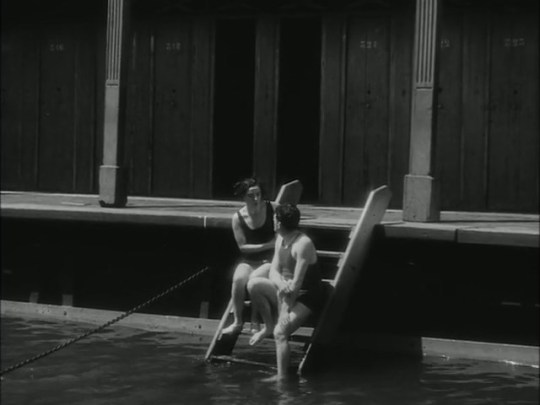
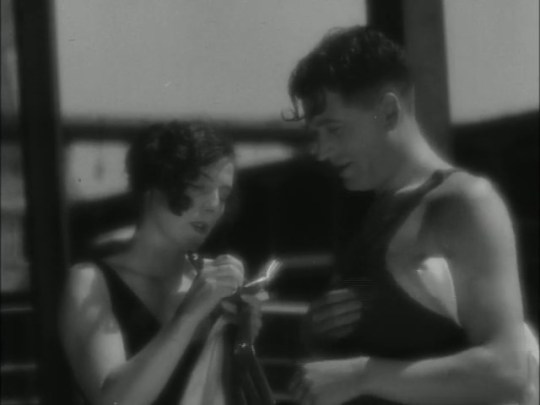
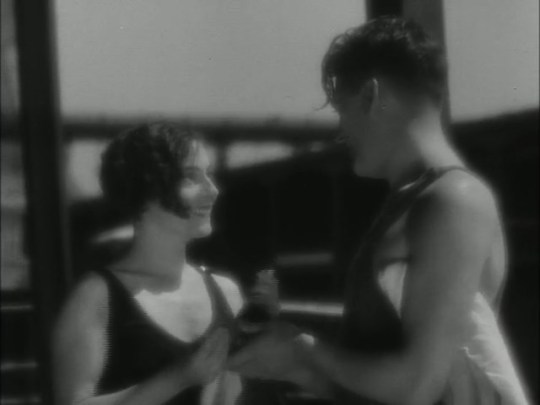

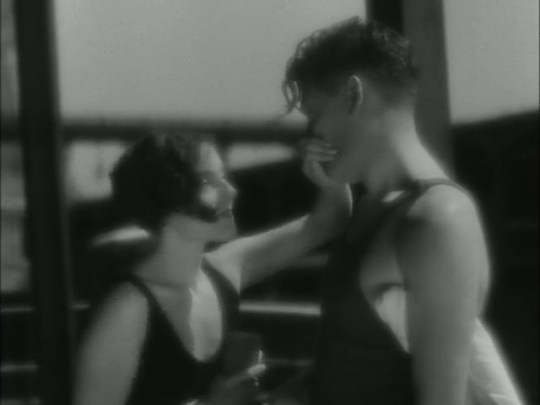
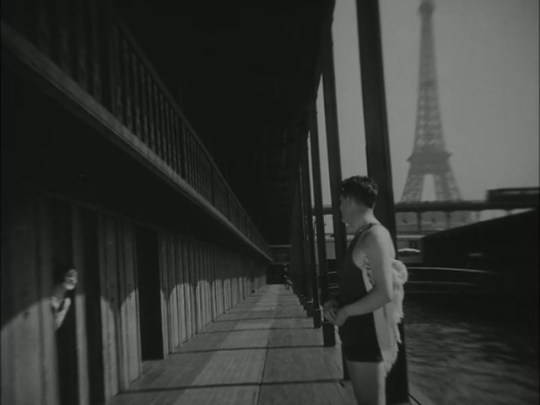
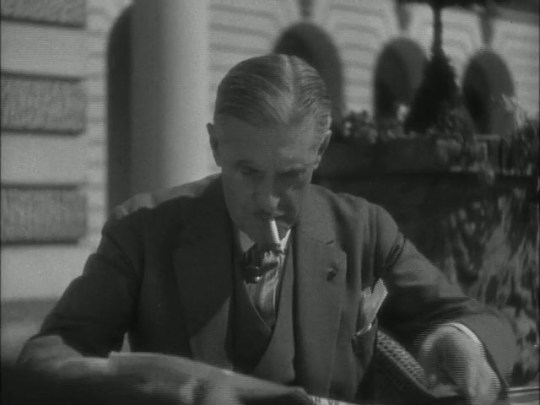
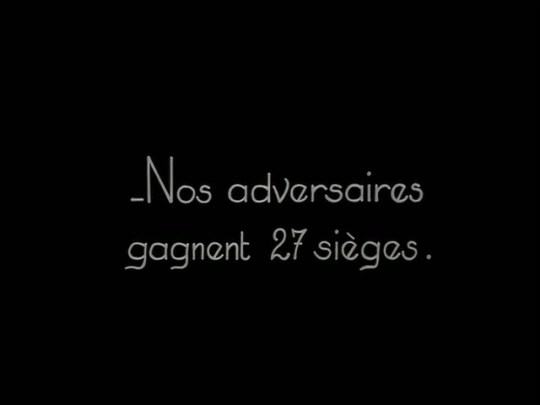
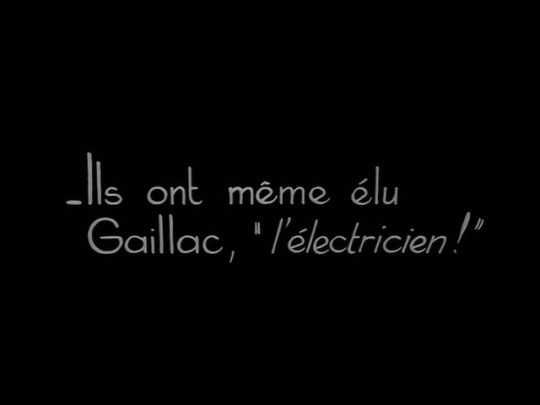

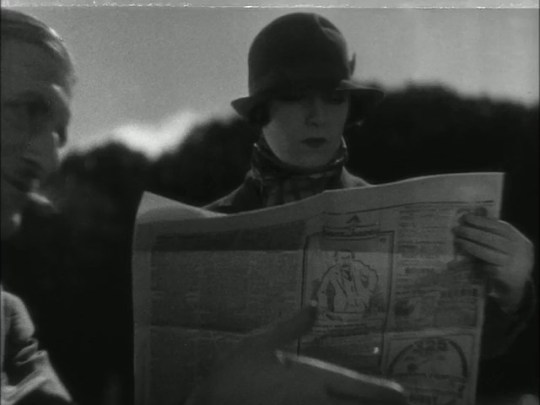
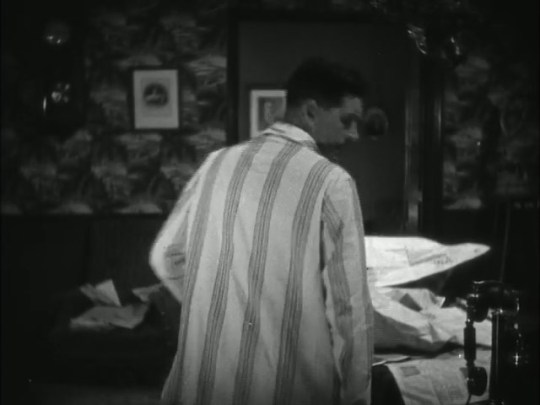
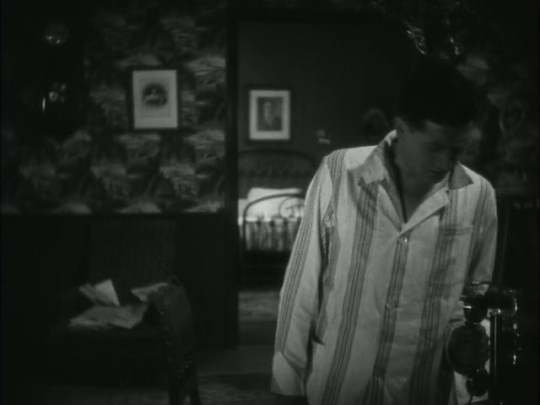
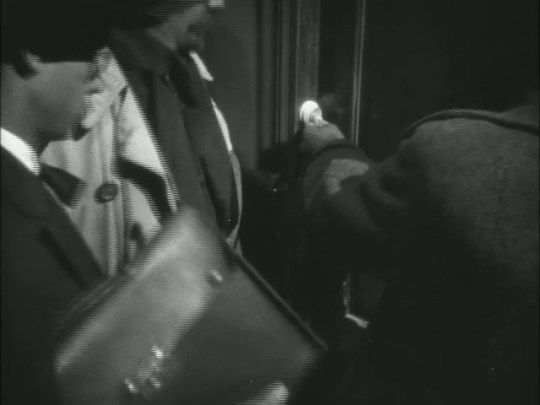

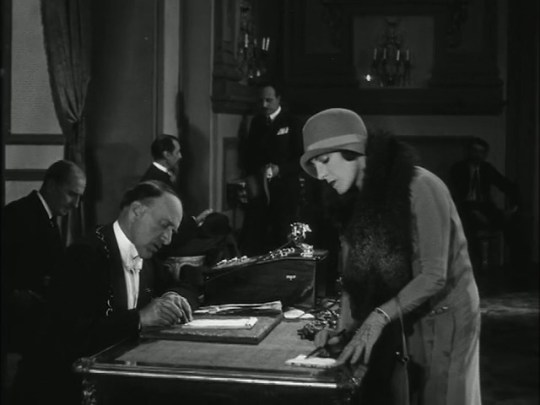
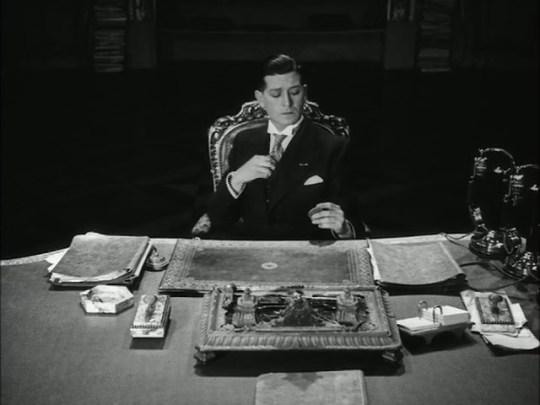

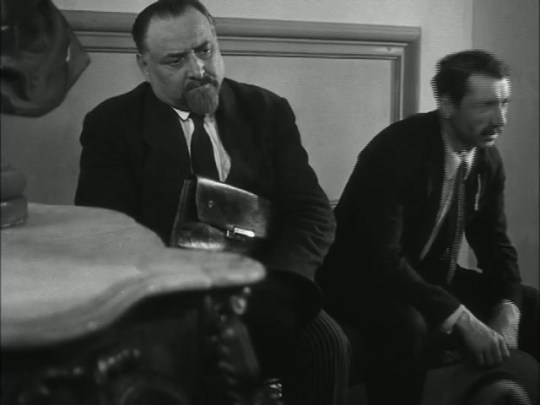
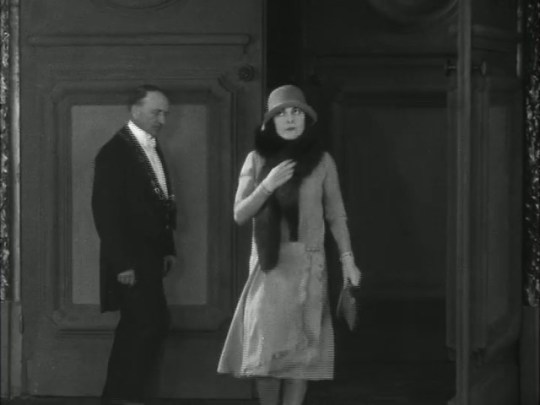
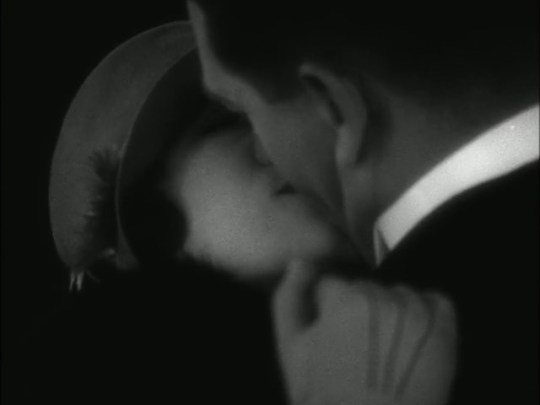
les nouveaux messieurs, jacques feyder 1928
1 note
·
View note
Text
1 novembre … ricordiamo …
1 novembre … ricordiamo …
#semprevivineiricordi #nomidaricordare #personaggiimportanti #perfettamentechic
2022: George Spell, attore statunitense, uno dei primi attori bambini afroamericani cui siano stati affidati ruoli drammatici non-stereotipati al cinema e alla televisione americani tra gli anni ’60 e ’70. Comincia la sua esperienza di attore bambino nel 1968, a 10 anni. Per tutta la sua carriera Spell continuerà a partecipare a numerosi episodi delle più svariate serie televisive, laddove la…

View On WordPress
#1 novembre#Adrienne Levine#Adrienne Shelly#Albert Préjean#Benita Hume#Carlo Giuffré#Carol Arata#Carol Arthur#Dixie Lee#Elsa Maxwell#Elvira Giovene#Enrico Viarisio#Ermanno Randi#Ermanno Rossi#Fred Dalton Thompson#Freddie Dalton Thompson#George Spell#Giulio Girola#Katherine Nicole McKibbin#Ken Swofford#Kenneth Charles Swofford#Morti 1 novembre#Nikki McKibbin#Olga Raphael-Linden#Oscar Egede-Nissen#Pauline Bush#Phil Silvers#Philip Silver#Renato Tagliani#Rosario Urzì
0 notes
Photo

princess tam tam (1935)
1 note
·
View note
Photo

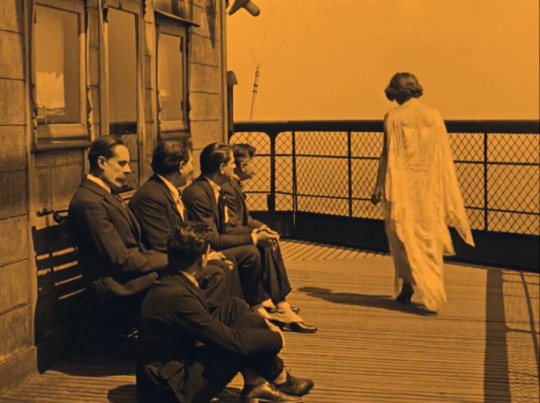

Antoine Stacquet, Marcel Vallée, Louis Pré fils, Albert Préjean, Henri Rollan et Madeleine Rodrigue dans "Paris qui Dort (Le Rayon Diabolique1)" de René Clair (1925), avril 2023.
3 notes
·
View notes
Photo
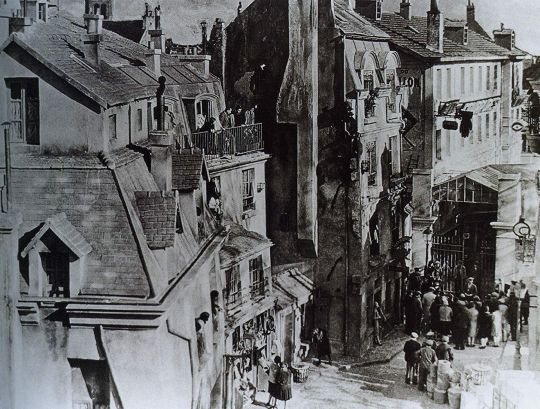
Under the Roofs of Paris (René Clair, 1930)
Cast: Albert Préjean, Pola Illéry, Edmond T. Gréville, Bill Bocket, Paul Ollivier, Gaston Modot. Screenplay: René Clair. Cinematography: Georges Périnal, Georges Raulet. Art direction: Lazare Meerson. Film editing: René Le Hénaff. Music: Raoul Montetti, Vincent Scott.
Under the Roofs of Paris, writer-director René Clair's bridge between silent films and talkies, begins with cinematographer Georges Périnal's lovely crane shot that slowly descends from the rooftops of Paris -- actually the rooftops of art director Lazare Meerson's elaborate and ingenious set -- to the street where song-plugger Albert (Albert Préjean) is conducting a singalong of "Sous les Toits de Paris," the film's French title song, trying to sell copies of the sheet music. As the camera pans around the crowd, we meet several more characters prominent in the film: the thief Émile (Bill Bocket), who is carefully lifting small valuables from women's purses; the dandyish gangster Fred (Gaston Modot); and a pretty young Romanian woman, Pola (Pola Illéry), who becomes a target for both Émile's thievery and Fred and Albert's attentions. Albert is a success at selling the song, as we see in a vertical pan up the façade of an apartment building, from each window of which comes the sound of someone singing it. This beautiful shot demonstrates how quickly Clair, a reluctant convert, caught on to the innovations possible in sound films. It may have influenced Rouben Mamoulian's brilliant montage in Love Me Tonight (1932), which tracks from Maurice Chevalier singing "Isn't It Romantic?" in his Paris tailor shop as the song spreads across country to Jeanette MacDonald singing it in her château. But Clair also displays some of the uncertainty of silent filmmakers in his dialogue scenes, which have the curious sluggish pace found in early talkies whose directors haven't figured out the rhythm of scenes that aren't interrupted by intertitles. In fact, Clair uses synchronized dialogue sparingly: There are a lot of scenes in which we don't hear what characters are saying, sometimes because the music in the bar where they're talking is too loud, and sometimes because we're viewing them through windows and glass doors. Much of the film uses familiar silent storytelling techniques -- to good effect. The story deals with Albert's ill-fated love for Pola, which develops when Fred steals her house key, making it necessary for her to spend the night (chastely and comically) in Albert's apartment. But then Albert is caught with some of Émile's loot -- the thief has stashed it in Albert's room -- and sent to jail. During his absence, Pola falls for Albert's friend Louis (Edmond T. Gréville), leaving things to be resolved at the film's bittersweet end, when the camera tracks away from Albert plugging a new song back up to the rooftops. The film plays on a characteristic fascination with Parisian lower-class life that includes slumming well-dressed upper-class types dropping in on the dives to see how the other half lives -- a motif that recurs in other French films set in the Paris underworld, like Jacques Becker's Casque d'Or (1952).
0 notes
Text
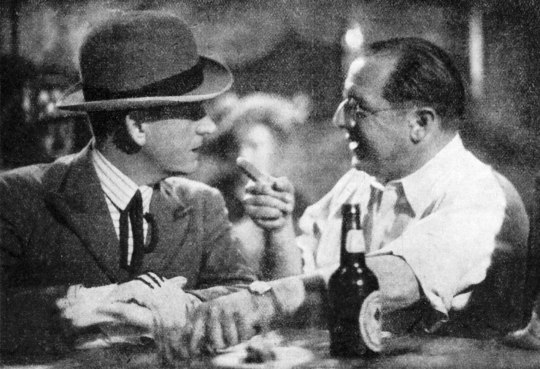
G. W. Pabst, August 25, 1885 - May 29, 1967.
With Albert Préjean (as Mackie Messer) during the making of the French-language version of The Threepenny Opera (L’opéra de quat’sous) in 1931.
8 notes
·
View notes
Photo
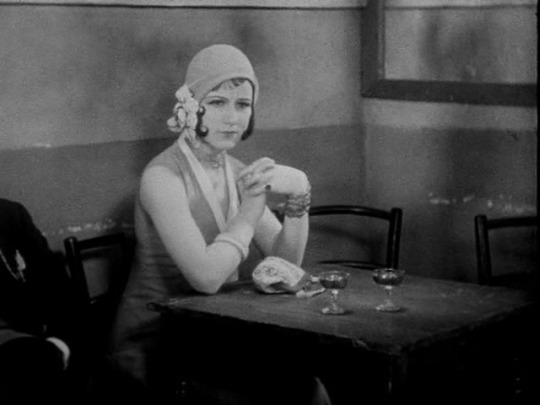

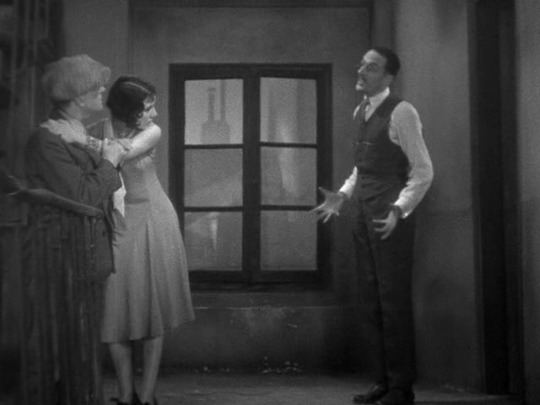
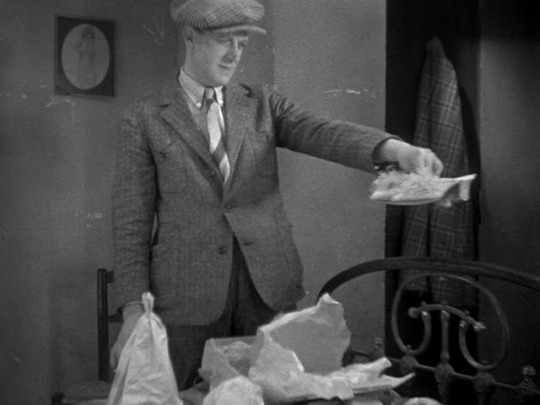

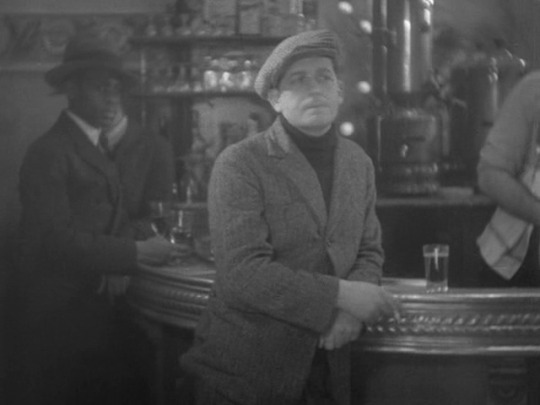
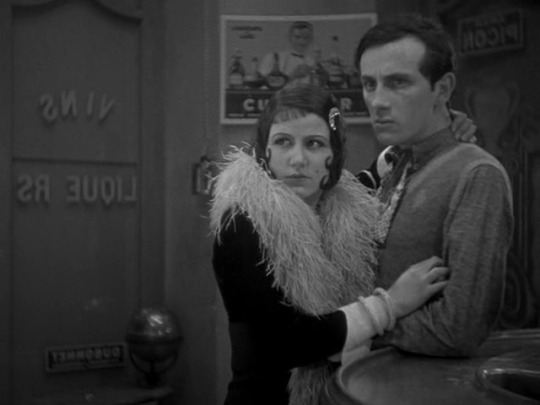
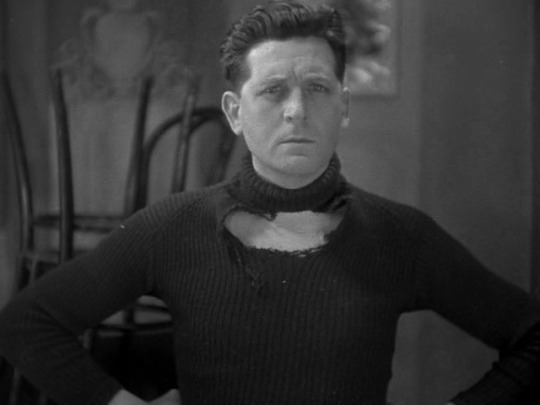
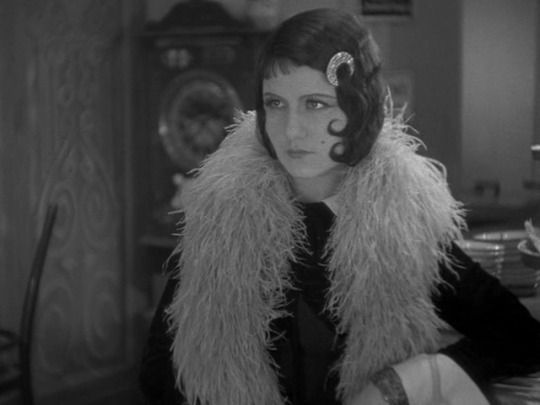
sous les toits de paris (fr, clair 30)
#sous les toits de paris#réné clair#Pola Illéry#Albert Préjean#Edmond T. Gréville#Georges Périnal#Georges Raulet
15 notes
·
View notes
Photo
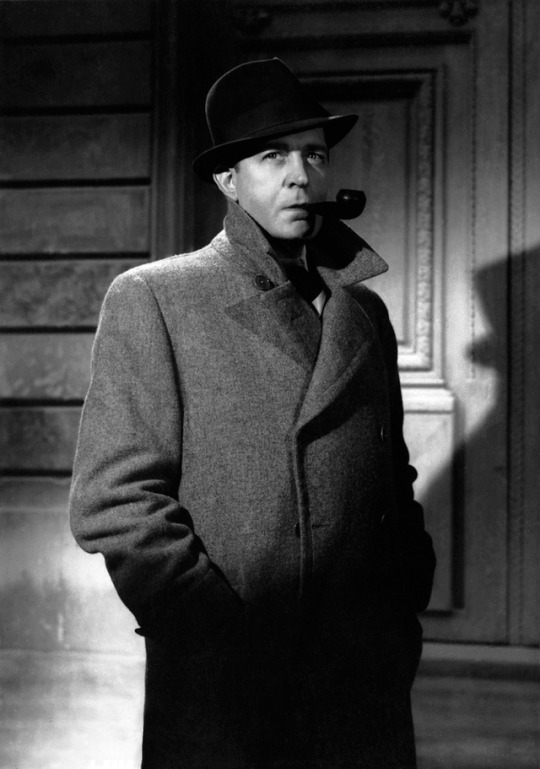
Albert Préjean
Les caves du Majestic, Richard Pottier (1945).
19 notes
·
View notes
Text
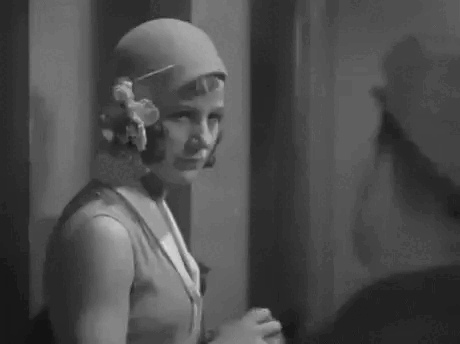
1 note
·
View note
Text

du film "la crise est finie", 1934, robert siodmak comédie musicale
youtube
albert préjean - la crise est finie
1934
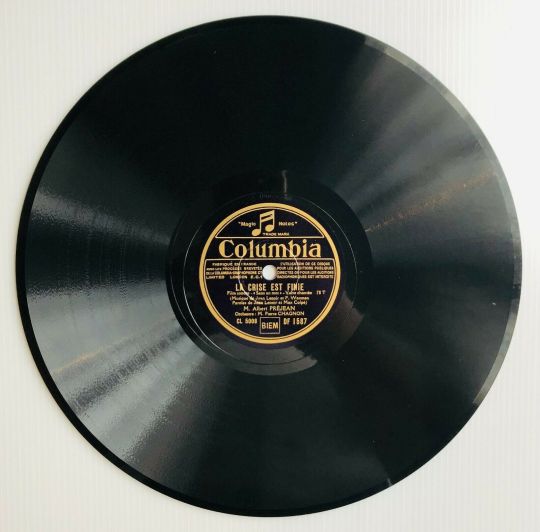
11 notes
·
View notes
Text
1 novembre … ricordiamo …
1 novembre... … ricordiamo …
#semprevivineiricordi #nomidaricordare #personaggiimportanti #perfettamentechic
2020: Nikki McKibbin, Katherine Nicole McKibbin, cantante, compositrice e personaggio televisivo statunitense. (n. 1978)
2020: Carol Arthur, pseudonimo di Carol Arata, attrice statunitense principalmente riconoscibile nei ruoli secondari. Sposata con Dom DeLuisea. (n. 1935)
2018: Carlo Giuffré, attore e regista teatrale italiano , noto al grande pubblico anche per il suo sodalizio artistico con…

View On WordPress
#1 novembre#Adrienne Levine#Adrienne Shelly#Albert Préjean#Benita Hume#Carlo Giuffré#Carol Arata#Carol Arthur#Dixie Lee#Elsa Maxwell#Elvira Giovene#Enrico Viarisio#Ermanno Randi#Ermanno Rossi#Fred Dalton Thompson#Freddie Dalton Thompson#Giulio Girola#Katherine Nicole McKibbin#Ken Swofford#Kenneth Charles Swofford#Morti 1 novembre#Nikki McKibbin#Olga Raphael-Linden#Oscar Egede-Nissen#Pauline Bush#Phil Silvers#Philip Silver#Renato Tagliani#Rosario Urzì#Saro Urzì
0 notes
Photo

Jean Gabin « Je suis un acteur national ». C’est vrai qu'à travers Jean Gabin, s'exprime l'histoire de France des années 30 aux années Giscard. Son ascension cinématographique se lit à ses costumes et à ses couvre chefs. A ses débuts, il est l'homme de la rue, l’ouvrier, mais avec une destinée exceptionnelle. C'est l'époque de « la gapette rabattue sur le front, à petits carreaux, bien plate, un peu à la mode voyou. Lui, d'ailleurs, allait choisir ses tissus dans les meilleurs magasins et se les faisait couper sur mesure. » raconte son ami de jeunesse Le comédien Albert Préjean. Dans « Le jour se lève » de Marcel Carné en 1939, il joue un ouvrier souffleur de verre. S’il ne porte pas de cravate, Gabin prend soin de donner une grande élégance à ce personnage. Cette fois-ci un blouson en cuir genre aviateur et un chandail torsadé accompagnent la casquette. Refusant de tourner pour les Allemands, il rejoint Renoir, Duvivier et Aumont à Hollywood puis s'engage dans les Forces Navales Françaises Libres. À partir de « Touchez pas au grisbi » (1954), après une éclipse de quinze ans, il devient incontournable et presque toujours en costume trois pièces. Dans "Le cave se rebiffe" de Gilles Grangier il porte la guayabera avec élégance pour incarner « Le Dabe », expert en fausse monnaie, retiré en Amérique du Sud. Dans « Le Clan des Siciliens », 1969 il porte le costume croisé, confectionné par son tailleur attitré Camps de Luca, épaules larges et tombantes, le pardessus en poil de chameau, cravate sombre, chapeau mou et lunettes fumées. Devenu le patriarche du cinéma français il disait " Le monde change peut-être moi je ne change pas ! " #daniellevychemisier #jeangabin #icone #àlafrançaise Merci @ze_french_do_it_better pour ce texte. (à Daniel Lévy) https://www.instagram.com/p/CU5Ra4cMmIA/?utm_medium=tumblr
42 notes
·
View notes
Photo

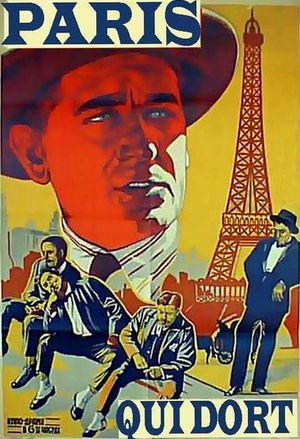


“Paris qui Dort (Le Rayon Diabolique1)” de René Clair (1925) avec Madeleine Rodrigue, Henri Rollan, Albert Préjean, Antoine Stacquet, Marcel Vallée, Louis Pré fils, Myla Seller et Charles Martinelli, avril 2023.
3 notes
·
View notes
Text
Detetives (II)
Escritores franceses também são bons de histórias policiais e de mistério. Basta lembrar o pré-histórico Arséne Lupin, o clássico Ladrão de Casaca, criado por Maurice Leblanc, que frequenta a alta sociedade parisiense e dá preferência a roubar joias caríssimas dos cofres e colares dos pescoços e colo dos ricos e ricas madames. O Fantômas, criado por Marcel Allain (1885–1969) e Pierre Souvestre (1874–1914), um dos mais populares personagens em seu país no gênero policial. Fantômas foi criado em 1911 e apareceu em 43 livros e no cinema foi representado por Jean Marais, entre outros. Fantômas agia diferente de Arsène Lupin, enquanto este não cometia assassinatos, Fantômas agia como um psicopata cruel, matava com requintes de sadismo. Mas o personagem policial mais famoso da Europa foi o Comissário Maigret. Maigret é filho de Georges Simenon, belga naturalizado francês. Simenon é autor de 350 romances e novelas, obras autobiográficas, artigos e reportagens. Escreveu também obras assinandas com 27 pseudônimos diferentes. No entanto, sobrou apenas o Comissário Maigret… Maigret, naturalmente, passou para o cinema e para a TV, não só da França, mas da Inglaterra, de Hollywood e outros países. Maigret foi interpretado por mais de 20 atores diferentes, desde o 1º intérprete que foi Pierre Renoir (FR) – filho do famoso pintor impressionista – depois vieram Charles Laugthon (USA), Jean Gabin (FR), Rupert Dauir (UK), Gino Cervi (IT), Jean Richard (FR), Bruno Cremer (FR), Michael Gambon (UK), Rowan Atkinson (UK), Harry Baur (FR), Tichard Harris (UK), Albert Préjean (FR), Heinz Ruhmann (ALE), Henry Nobert (CAN), Jan Teulings (HOL), Boris Tenine (RUS), Herbert Berggof (USA), Luis van Rooten (HOL), Sergio Costelitto (IT), Yuri Evisiokov (RUS), etc. Tem ator japonês, sérvio, tantos que não dá para enumerar. (17/9/2021)
1 note
·
View note

